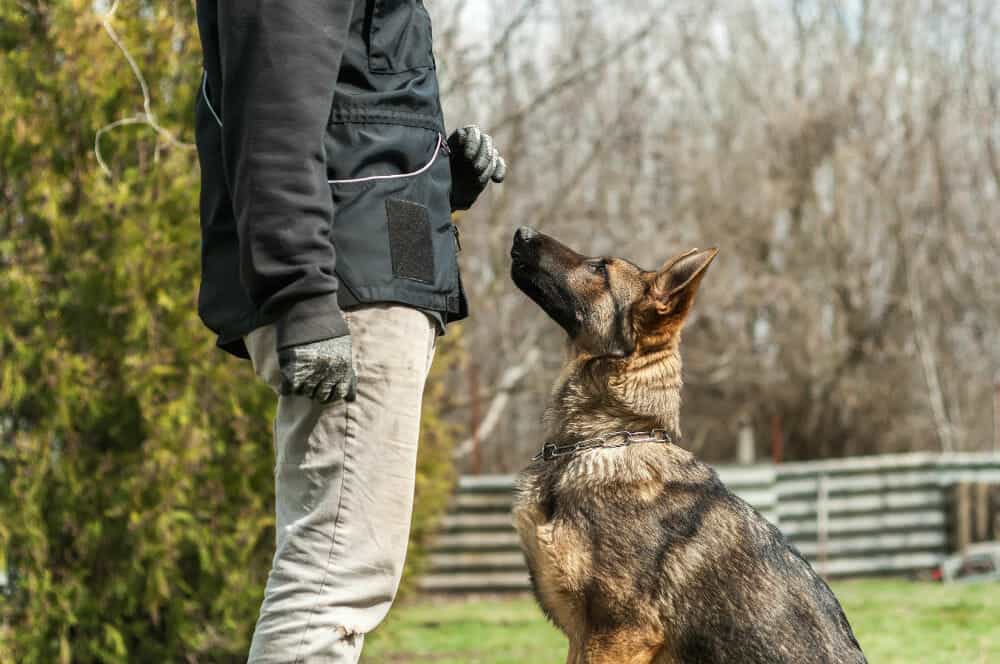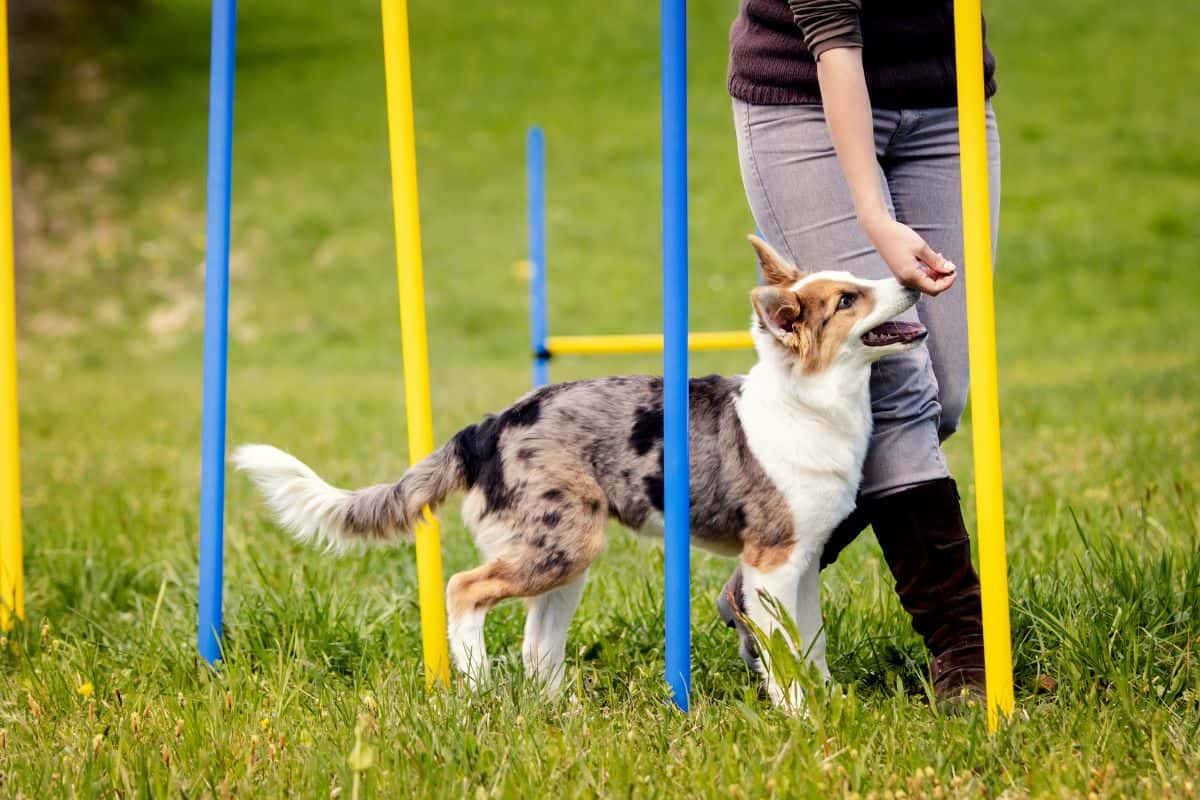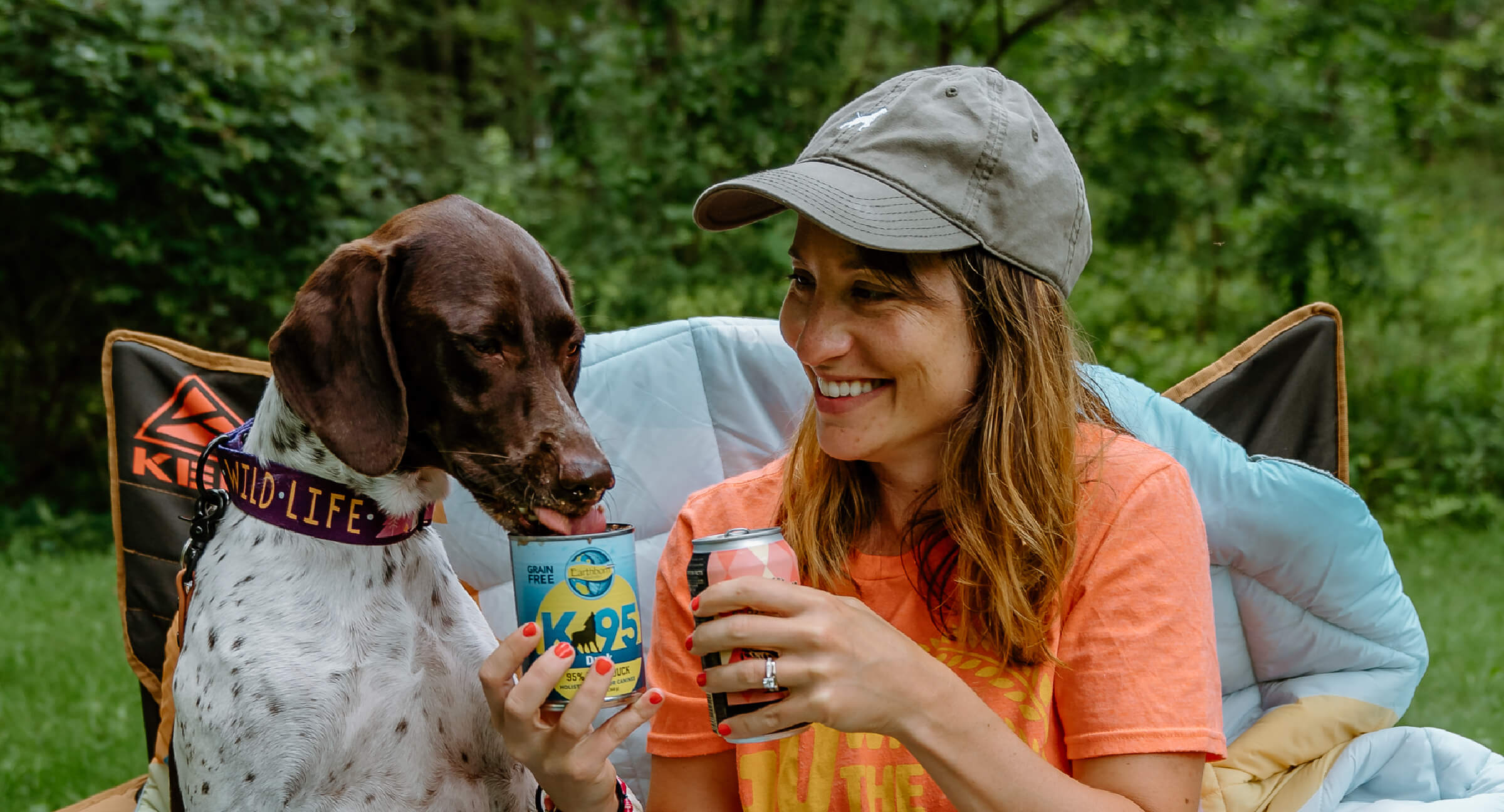Important Strategies for Efficient Dog Training You Need to Know
Important Strategies for Efficient Dog Training You Need to Know
Blog Article
Necessary Tips for Successful Dog Training: An Overview for Pet Dog Owners
Efficient dog training is a complex procedure that requires a tactical method customized to both the pet's temperament and the owner's purposes. Comprehending exactly how to navigate these barriers can substantially improve the training experience, ultimately transforming the relationship between proprietor and pet dog.
Understanding Dog Habits
Understanding dog habits is crucial for efficient training and cultivating an unified relationship between canines and their proprietors. dog training. Canines interact largely with body language, vocalizations, and actions, making it important for proprietors to translate these signals accurately.

Socializing plays a substantial role in pet habits; direct exposure to various atmospheres, people, and other animals can substantially impact a canine's temperament. Furthermore, factors such as breed features and specific temperament ought to assist training methods, as some types might have particular behavior traits that demand tailored strategies. By understanding these aspects, proprietors can create an encouraging setting that motivates positive habits, causing successful training outcomes and a deeper bond with their pet dogs.
Establishing Regular Commands
Effective communication with your pet begins with establishing regular commands. This fundamental element of training is vital for cultivating understanding in between you and your pet dog. Uniformity in the commands you make use of ensures that your canine can dependably connect specific words or phrases with the preferred behaviors.
When picking commands, choose clear, unique words that are simple to set apart and state from one an additional. Stay clear of using similar-sounding commands that might confuse your dog. Using "sit" and "stay" is ideal, however "rest" and "hit" could lead to misunderstandings.
In addition, maintain the exact same tone and volume for each command. Canines are delicate to vocal hints, so differing your tone can produce complication.
It is just as crucial to make sure that all member of the family are on the very same web page pertaining to the commands made use of. A united front in command usage will stop mixed signals and strengthen the learning process.
Positive Support Methods
The power of favorable reinforcement in canine training hinges on its ability to urge wanted actions via benefits and appreciation. This method is based in the principle that habits adhered to by positive results are more most likely to be duplicated. By including favorable reinforcement into your training regimen, you can successfully form your pet's actions in a positive manner.
To apply favorable support, it's vital to identify what inspires your dog, whether it be deals with, playthings, or verbal praise. When your canine performs a wanted action, such as resting on command, promptly reward them with a reward or affection. This association between the command and the favorable result enhances their understanding.
It's vital to timing the incentives appropriately; supplying the reinforcement within secs of the preferred behavior aids your pet make the link (dog training). Furthermore, uniformity is crucial-- guarantee that all member of the family use the exact same commands and incentive systems to stay clear of complication

Gradually, you can reduce the regularity of treats as your pet dog finds out the behavior, transitioning to praise or periodic benefits. This technique not only promotes a solid bond in between you and your canine yet also promotes a favorable discovering environment, making educating a pleasurable experience for both.
Socialization and Interaction
Consistently revealing your pet to a variety of atmospheres, people, and other pets is vital for their social growth. Socialization needs to start early, preferably throughout the essential window of 3 to 14 weeks, when puppies are most More Info responsive to brand-new experiences. Nonetheless, older dogs can also take advantage of recurring socializing initiatives.
Present your pet to various setups, such as parks, pet-friendly shops, and city locations. This direct exposure helps them adapt to various stimulations, minimizing anxiety and worry feedbacks. Urge favorable communications with other pets and people, making certain that these experiences are secure and regulated to promote self-confidence.
Use organized playdates with well-mannered dogs, as this can improve your canine's social skills and educate them suitable behavior. Obedience classes and training sessions also provide outstanding opportunities for socialization, allowing your pet dog to interact with others in a monitored environment.
Monitor your canine's body movement throughout interactions, as this will aid you assess their comfort degree. Gradually raise direct exposure to more difficult scenarios while guaranteeing that each experience declares. A well-socialized pet is most likely to exhibit well balanced actions, making them a joy to have in any setting.
Dealing With Common Training Challenges
Every dog proprietor will come across training obstacles eventually, no matter of their pet's age or socializing degree. Determining usual issues such as stubbornness, distractions, and fearfulness can help in developing efficient approaches for enhancement.

Slowly present interruptions as the dog comes to be much more skilled in commands. Short, constant training sessions are also efficient in keeping focus.
Terror can hinder a dog's understanding process. Steady desensitization to the resource of concern, coupled with positive support, can aid ease anxiousness. Bonuses Perseverance is essential; never ever compel a pet dog into a scenario that triggers distress, as this may intensify the concern.
Ultimately, understanding and dealing with these usual obstacles with an organized technique will foster a more productive training experience, enhancing the bond in between pet dog and owner while promoting reliable learning.
Final Thought
In recap, successful pet training depends Source on a comprehensive understanding of canine habits, the establishment of constant commands, and the application of favorable support techniques. Socializing plays a vital duty in establishing well-adjusted pet dogs, while addressing usual training challenges needs perseverance and adaptability. By executing these vital approaches, pet dog owners can cultivate a solid bond with their pet dogs and promote preferable actions, inevitably bring about a harmonious partnership in between humans and their canine companions.
Recognizing canine behavior is essential for effective training and promoting an unified partnership in between dogs and their proprietors.Socializing plays a significant function in pet dog actions; exposure to numerous environments, people, and various other pets can substantially influence a pet's personality.The power of positive reinforcement in dog training lies in its ability to encourage wanted behaviors via rewards and praise. By integrating positive reinforcement right into your training program, you can efficiently shape your pet's actions in a useful way.
In summary, successful canine training depends on a comprehensive understanding of canine habits, the facility of consistent commands, and the application of positive support strategies.
Report this page